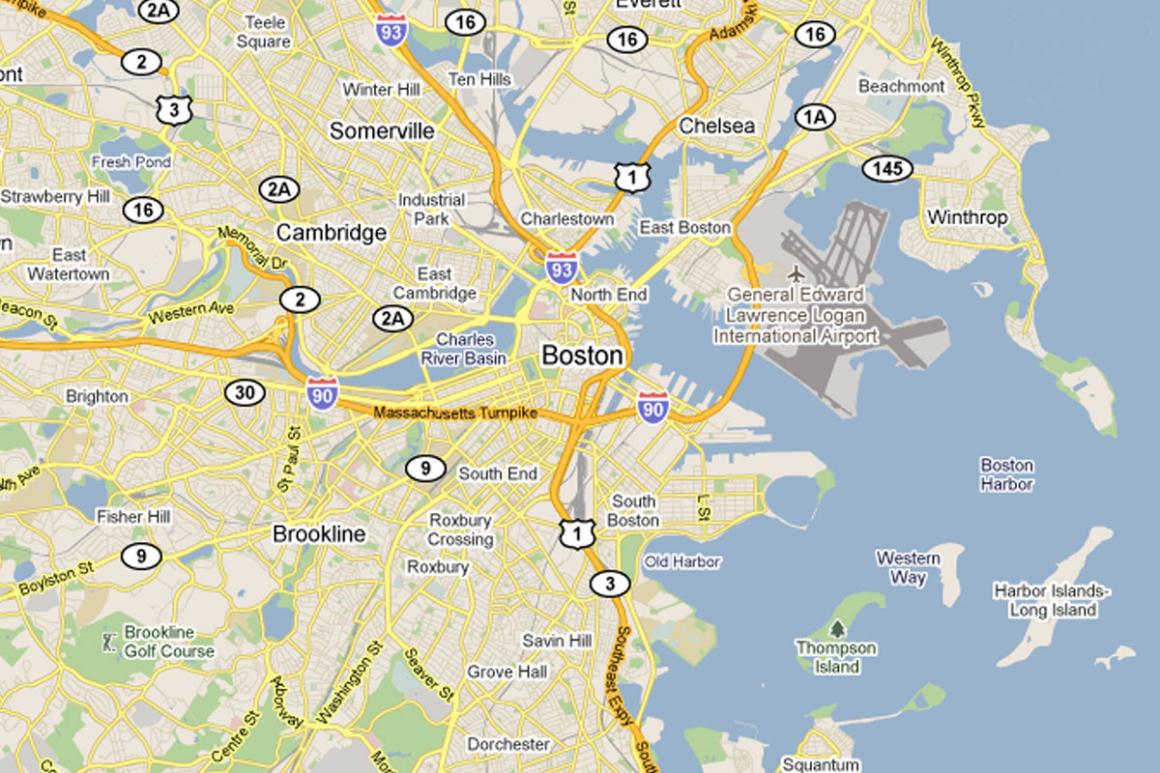Research
Our work takes an experimental social cognitive approach to a variety of research topics. Social cognition is the study of how our thought processes influence our behavior. It's an approach within social psychology that grew out of the realization that people use the same mental structures and processes when perceiving and thinking about other people as they do when perceiving and thinking about objects. Object perception and cognition have long been of interest to cognitive psychologists, so social psychologists have benefitted greatly from applying cognitive theories and methodologies to the understanding of social perception. At the same time, because people are not objects, one must consider some of the many ways that social and non-social cognition typically differ. Social psychological researchers embraced these challenges.
Skin Tone Bias: Racial Phenotypicality Bias
Many of us are familiar with vivid examples of racial bias — negative treatment exhibited toward various individuals belonging to different racial categories. Incidents of bias between members of the same racial category are much less familiar, particularly when that bias is based on race-related phenotypic appearance. Many refer to this phenomenon as skin tone bias; beliefs about, attitudes toward, and treatment of individuals based on phenotypic facial appearance (skin tone, hair texture, nose width, and lip fullness). Individuals with features that are more Afrocentric (dark skin tone, coarse hair, broad noses, and full lips) are perceived more negatively – and stereotypically – than individuals with less Afrocentric features. Skin tone bias emerges among a variety of racial and ethnic groups around the world. In these societies lighter skin has been and continues to be valued over darker skin with multiple consequences for social, economic, and physical health outcomes. Black Americans have been a central focus of research.
My interest in this topic began with a realization that within-race stereotyping has both similarities and differences with across-race stereotyping, but has been virtually ignored by social psychological researchers. A great deal of research in social psychology has explored the antecedents and consequences of racial bias. In contrast, relatively little work has examined the role of within-race variation in phenotypic appearance. That is, until recently. I’ve attempted to re-introduce this topic to social psychology with the expectation that increased empirical scrutiny can elucidate the processes underlying skin tone bias and suggest remedies to mitigate its impact.
Interplay of Racial and Spatial Categories in Memory
Social categories, such as race, gender, and age play a similar role in organizing memory for people that spatial categories, such as cities, states, and countries play in organizing memory for environments. Specifically, two people or places that share category membership (same race or same state) are often perceived to be much more similar to one another than reality would dictate. Likewise, people or locations that do not share category membership are perceived to be much more distinct than reality would dictate. However, these research literatures have essentially proceeded in parallel with no intersection.
Social psychological researchers study the influence of social categories on social judgment and spatial cognition researchers study the influence of spatial categories on spatial judgment. We wondered to what extent social category information might influence one's learning and recollection of locations in a novel spatial environment. We are currently examining this issue in a series of experiments.



